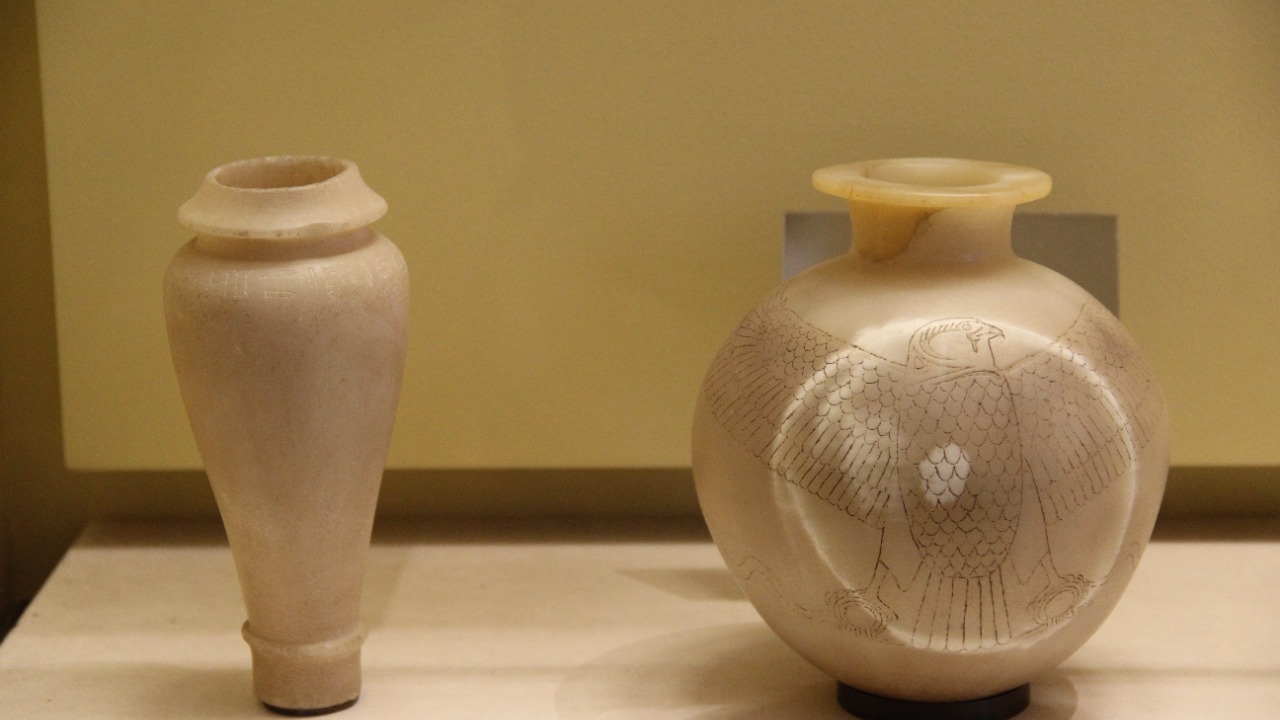
A recent archaeological discovery in Egypt has unearthed the first clear evidence of opium use in the ancient civilization. This revelation, derived from a rare alabaster vase, not only confirms the presence of opium in Egypt but also suggests its broader consumption across ancient cultures, from the Persian king Xerxes to Egypt’s King Tut. The findings, emerging from studies conducted in November 2025, offer a fresh perspective on the use of psychoactive substances in antiquity.
The Discovery of the Alabaster Vase
The alabaster vase, a rare artifact of immense historical significance, was discovered at an archaeological site in ancient Egypt. Its physical characteristics, including its intricate design and the material used, immediately suggested its rarity. The excavation process was meticulous, with archaeologists noting certain peculiarities that prompted a more detailed examination of the vase. The initial observations led to chemical testing for residues, which eventually revealed the presence of opium traces within the vase. This discovery confirmed the use of opium in ancient Egypt, a fact that had long been speculated but never definitively proven.
Chemical Analysis Confirming Opium Residues
The scientific methods employed to detect opium alkaloids in the vase’s interior were rigorous and precise. The specificity of the findings is what sets them apart, providing the first clear evidence of opium use in ancient Egypt. The implications of this residue analysis are far-reaching, verifying historical substance consumption and shedding light on the cultural practices of the time.
Opium in the Context of Ancient Egyptian Society
The presence of opium in the alabaster vase suggests that the substance may have played a significant role in ancient Egyptian society, possibly in rituals or as a medicinal remedy. The vase’s association with Egyptian practices lends credence to this theory. Furthermore, the connection to prominent figures like King Tut indicates that opium might have been accessible to the elite. This evidence significantly alters our understanding of drug use in pharaonic culture, pushing back the timelines of substance use in antiquity.
Broader Implications for Ancient Near Eastern Cultures
The findings from the alabaster vase also have implications for other ancient cultures. The use of opium among Persian rulers such as Xerxes, as suggested by recent studies, can be seen in a new light with the confirmation of its use in Egypt. Evidence across regions, linking Egyptian discoveries to Mesopotamian and Mediterranean influences, suggests the spread of opium trade routes, further expanding our understanding of the substance’s historical prevalence.
Challenges and Future Research Directions
While the discovery of opium residues in the alabaster vase is groundbreaking, it also presents challenges. Interpreting residue evidence from a single vase has its limitations, and further research is needed to fully understand the extent of opium use in ancient Egypt. Future excavations targeting similar artifacts could provide additional evidence, and interdisciplinary studies combining archaeology with toxicology could further validate opium’s historical prevalence.
Historical and Cultural Significance
The discovery of the opium-laced alabaster vase has significant historical and cultural implications. It reframes narratives of ancient pharmacology and spirituality, connecting the evidence to documented texts or art depicting altered states in Egyptian lore. Moreover, the vase’s discovery could influence modern views on substance use in antiquity, challenging preconceived notions and opening new avenues for research and understanding.
More from MorningOverview